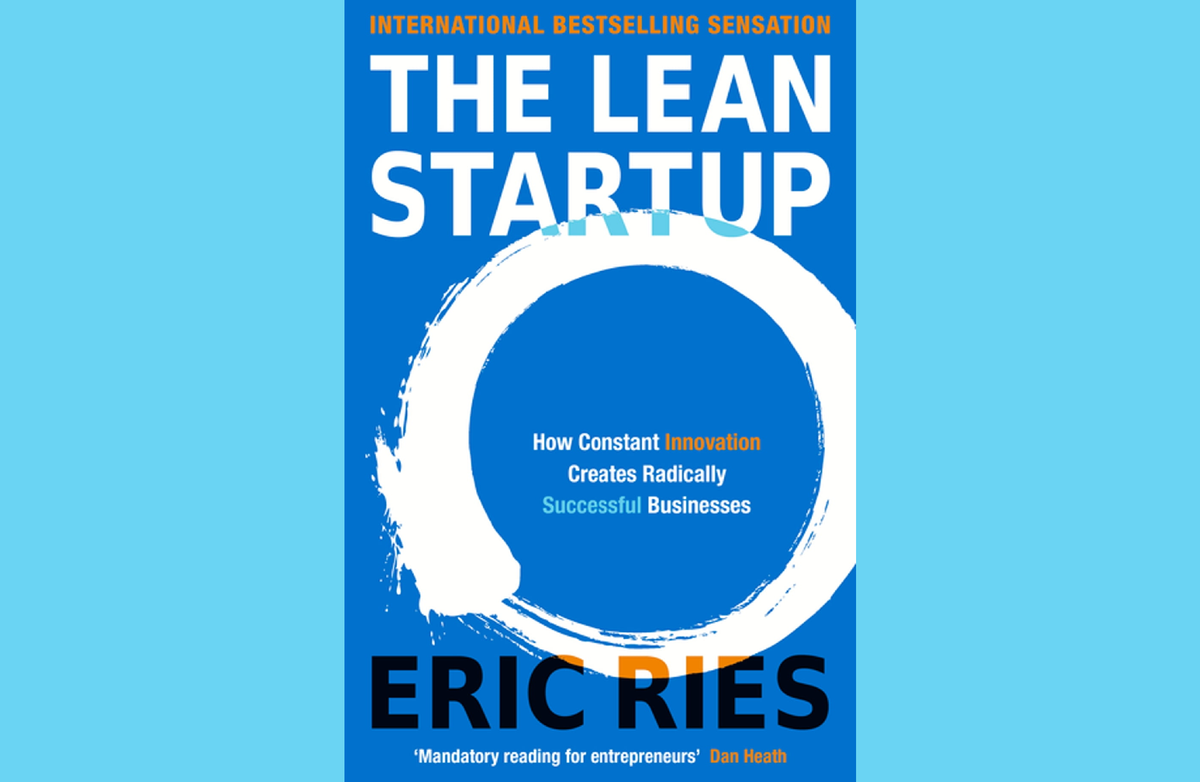Awesome Examples Of Network Effects And How To Exploit Them
Discover how to harness network effects for exponential growth in our comprehensive guide for entrepreneurs. Learn from industry leaders and get insights into user acquisition, engagement, and innovation to dominate your market. Unlock your venture's potential today.

In the digital age, network effects have transcended theoretical discussions and become a cornerstone of strategic planning for entrepreneurs. Understanding and leveraging these effects can catapult your venture into a realm of exponential growth and solidify your market dominance. This guide is designed to arm entrepreneurs with actionable insights to harness network effects, turning a promising idea into a scalable and sustainable business.
Embrace Exponential User Growth
The magic of network effects begins with user acquisition. Strategies such as referral incentives and integrating virality into the user experience create a self-reinforcing loop where the value of your offering increases with each additional user.
Example: Facebook leveraged this by making it easy for users to find and connect with friends. As Mark Zuckerberg once said, "By giving people the power to share, we're making the world more transparent."
Fortify Your Market Position
Achieving critical mass means your platform becomes the go-to solution within your niche.
Example: eBay. Pierre Omidyar, eBay's founder, observed, "We have the technology, finally, that for the first time in human history allows people to really maintain rich connections with much larger numbers of people." This encapsulates the essence of network effects in creating an insurmountable market presence.
Maximize User Engagement and Retention
Example: Netflix uses data analytics to personalize recommendations. Reed Hastings, co-founder of Netflix, once remarked, "Do not be afraid to innovate, but be afraid of not innovating." This spirit of continuous improvement keeps users engaged and propels the platform forward.
Leverage Economies of Scale
Example: Amazon. Jeff Bezos once noted, "If you're competitor-focused, you have to wait until there is a competitor doing something. Being customer-focused allows you to be more pioneering." Amazon's scale allows it to innovate continually to enhance customer value.
Encourage Complementary Innovations
Example: Apple's App Store. Steve Jobs believed in creating a "dent in the universe" — by building a platform that enables others to innovate, Apple has multiplied the value of its network exponentially.
Capitalize on Data Network Effects
Example: Google. Larry Page, co-founder of Google, emphasized, "We should be building great things that don't exist." Google's use of data to improve search results is a prime example of building something invaluable from the network's collective input.
Increase Platform Stickiness
Example: LinkedIn. Reid Hoffman, LinkedIn's co-founder, famously said, "Your network is the people who want to help you, and you want to help them, and that's really powerful." LinkedIn's value grows with each connection, making it increasingly indispensable.

Explore Cross-Network Opportunities
Example: Amazon's expansion. Jeff Bezos advocates thinking long-term: "If we think long term, we can accomplish things that we wouldn't otherwise be able to accomplish." This philosophy has guided Amazon's successful foray into new markets.
Foster a Culture of Innovation
Example: Tesla. Elon Musk, CEO of Tesla, encourages bold thinking: "When something is important enough, you do it even if the odds are not in your favor." Tesla's continuous innovation is a testament to leveraging user feedback and challenging the status quo.
Leverage Viral Marketing for Organic Growth
Example: Dropbox. Drew Houston, co-founder of Dropbox, highlighted the importance of solving real problems: "Don’t worry about failure; you only have to be right once." Dropbox's referral program solved the fundamental issue of needing more storage, which fueled its growth.
In conclusion, entrepreneurs can build products that succeed and dominate their markets by focusing on strategies that enhance network effects. The wisdom of these industry leaders underscores the power of network effects in creating sustainable, scalable businesses. Harness the power of your network, and let the virtuous cycles of growth propel your venture to new heights.
Continuous learning is key in harnessing network effects and driving exponential growth for your venture. Here are three must-read books that offer profound insights into the dynamics of network effects, innovation, and scaling businesses:
- "Platform Revolution" by Geoffrey G. Parker, Marshall W. Van Alstyne, and Sangeet Paul Choudary
This book offers a deep dive into how platform-based businesses like Uber, Airbnb, and Amazon have harnessed network effects to dominate their respective industries. It provides a framework for understanding the principles of platform strategy and how to apply them to your venture. - "The Lean Startup: How Today's Entrepreneurs Use Continuous Innovation to Create Radically Successful Businesses" by Eric Ries
Eric Ries introduces the concept of lean startup methodology, emphasizing rapid iteration, customer feedback, and agile development. While not exclusively about network effects, this book is invaluable for building a scalable and adaptable business in today’s fast-paced environment. - "Hooked: How to Build Habit-Forming Products" by Nir Eyal
Nir Eyal explores the psychology behind why some products, like Facebook and Instagram, become integral parts of our daily lives. Understanding how to create products that "hook" users is critical for leveraging network effects, as it ensures that once a user is acquired, they stay engaged and contribute to the growing value of the network.
Each book provides unique insights into the mechanics of growth, innovation, and the strategic use of network effects. By integrating their lessons with the strategies outlined in this guide, you're well on your way to creating a product that succeeds and transforms the market landscape.


